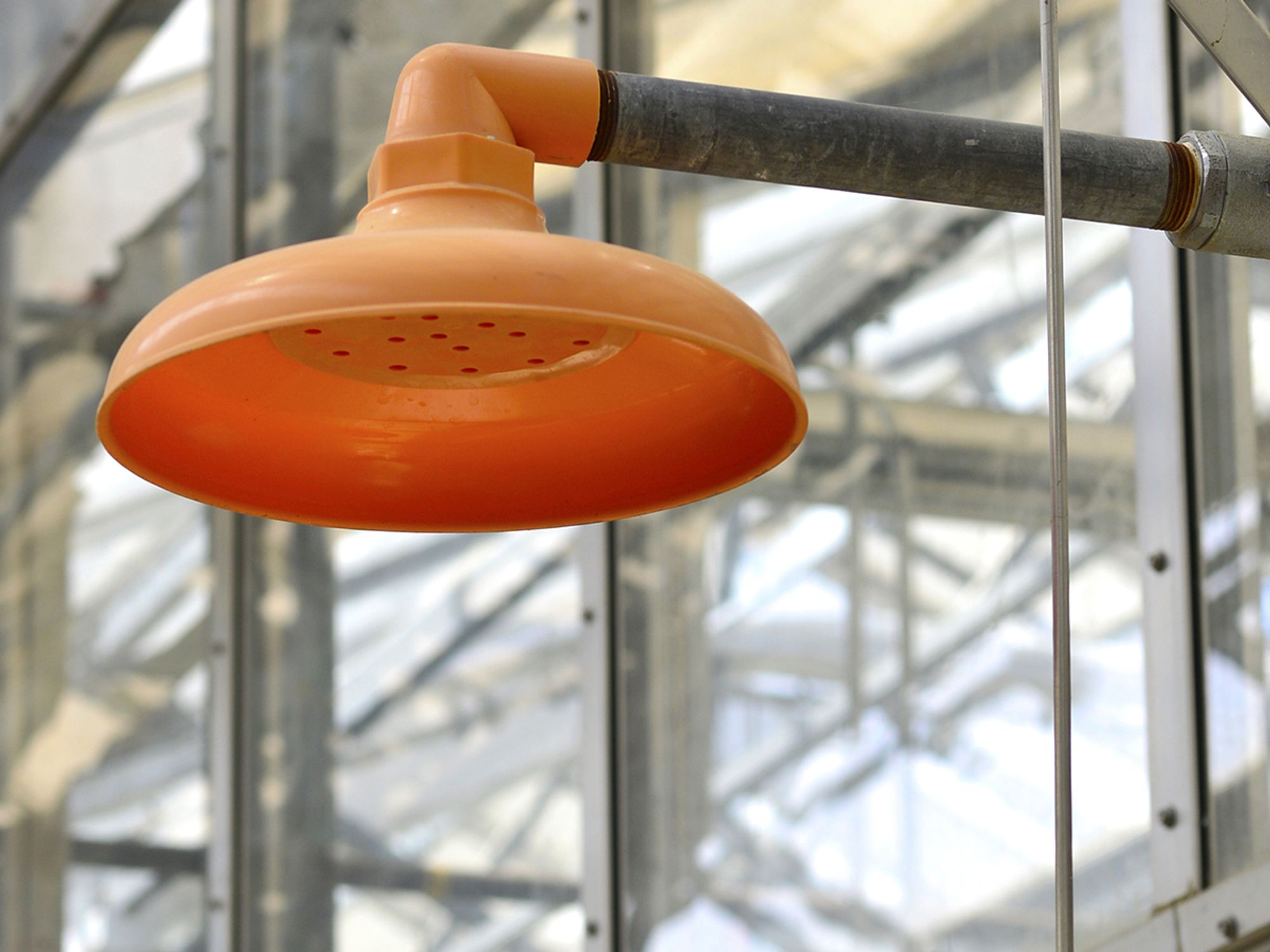Methods of compliance

- Methods of compliance for 13 carcinogens include establishing regulated areas with appropriate signage, restricting employee access, preventing cross contamination between regulated and nonregulated areas, and more.
- Employers need to provide wash or shower stations and clean change rooms to prevent the spread of chemicals outside of regulated areas.
Some specific methods for complying with this regulation include:
- Establishing a regulated area where a carcinogen is manufactured, processed, used, repackaged, released, handled or stored. The employer must post entrances to regulated areas with signs bearing the legend:
- DANGER
- (CHEMICAL IDENTIFICATION)
- MAY CAUSE CANCER
- AUTHORIZED PERSONNEL ONLY
- Employees working with a carcinogen within an isolated system, such as a glove box, must wash their hands and arms upon completion of the assigned task and before engaging in other activities not associated with the isolated system.
- Access must be restricted to authorized employees only within regulated areas where the carcinogens are stored in sealed containers, or contained in a closed system, including piping systems, with any sample ports or openings closed while the carcinogens are contained within.
- Employees exposed to 4-Nitrobiphenyl; alpha-Naphthylamine; 3,3i-Dichlorobenzidine (and its salts); beta-Naphthylamine; Benzidine; 4-Aminodiphenyl; 2-Acetylaminofluorene; 4-Dimethylaminoazo-benzene; and N-Nitrosodimethylamine must be required to wash hands, forearms, face, and neck upon each exit from the regulated areas, close to the point of exit, and before engaging in other activities.
- Open-vessel system operations as defined in the standard are prohibited.
Except for outdoor systems, regulated areas must be maintained under negative pressure with respect to nonregulated areas. Local exhaust ventilation may be used to satisfy this requirement. Clean makeup air in equal volume must replace air removed. In addition:
- Any equipment, material, or other item taken into or removed from a regulated area must be done in a manner that does not cause contamination in nonregulated areas or the external environment;
- Decontamination procedures must be established and implemented to remove carcinogens addressed by this section from the surfaces of materials, equipment, and the decontamination facility; and
- Dry sweeping and dry mopping are prohibited for 4-Nitrobiphenyl; alpha-Naphthylamine; 3,3’-Dichlorobenzidine (and its salts); beta-Naphthylamine; Benzidine; 4-Aminodiphenyl; 2-Acetylaminofluorene; 4-Dimethylaminoazo-benzene and N-Nitrosodimethylamine.
Storage or consumption of food, storage or use of containers of beverages, storage or application of cosmetics, smoking, storage of smoking materials, tobacco products or other products for chewing, or the chewing of such products are prohibited in regulated areas. In addition:
- Where employees are required to wash, washing facilities must be provided in accordance with 1910.141;
- Where employees are required by this section to shower, shower facilities must be provided in accordance with 1910.141;
- Where employees wear protective clothing and equipment, clean change rooms must be provided for the number of such employees required to change clothes, in accordance with 1910.141; and
- Where toilets are in regulated areas, such toilets must be in a separate room.
Referencing manufacturers’ safety data sheets (SDSs) for products or materials is essential for determining the properties, safe handling, use, storage, toxicology, and emergency response procedures. PPE requirements are also outlined in SDSs.
